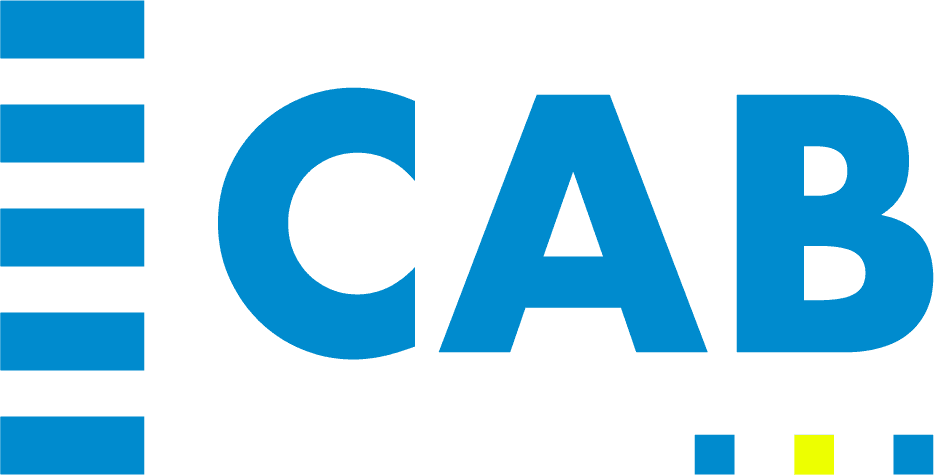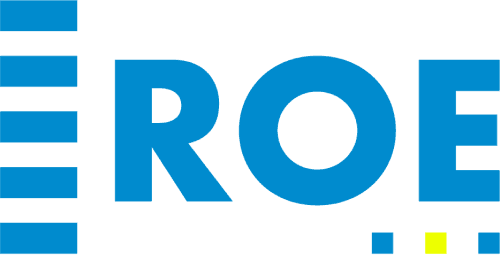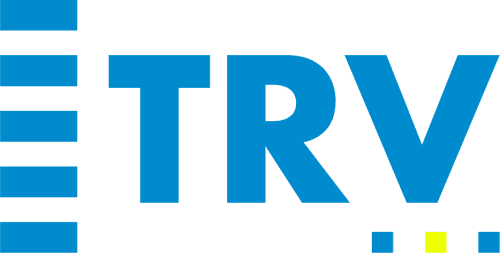
I remember sitting in a cubicle at a company with 90,000 employees. I felt invisible.
If I had a great idea or hit a rough patch, it didn’t seem to matter. That kind of emptiness chips away at you. Work becomes a checklist, not a calling.
And when that sense of purpose fades, so does motivation.
I might still have been getting work done. But was I productive? I don’t think so.
Real productivity is what happens when people feel like they’re a part of something that matters. That’s why productivity matters so much in the workplace. It fuels visibility, and that ultimately brings long-term fulfillment at work.
Productivity Creates Purpose
A McKinsey survey found that almost half of the employees are dissatisfied at work. Part of the reason is not having a sense of purpose.
Work feels meaningful when you can see how your efforts move the mission forward. A lot of us think that productivity simply means getting through the to-do list. But that’s not it.
When you know what needs to be done and why it matters, every task starts to feel connected to something larger.
Let’s go back to the cubicle story I shared. Feeling invisible happens when your work seems to vanish into the noise. You show up, you try, but it feels like no one notices. That’s the cost of unproductive systems; they bury people’s contributions.
In aviation, everyone’s role is clear. The pilot, co-pilot, and crew all have defined responsibilities that directly support a shared goal: a safe flight.
In this context, productivity means alignment. Each person’s work is recognized because it fits into a precise mission.
The same needs to happen in the workplace, because we all need a sense of purpose.
Productivity Builds Engagement and Visibility
You know that feeling when your team hits a goal, and everyone’s energy lifts a little? That’s productivity doing its best work. It brings people together and reminds them that their effort counts.
But that only happens when your progress is visible. There are shared goals that everyone can see. Then, you get to see your own fingerprints on success.
Small wins add up, and before long, that momentum fuels genuine engagement.
Now, let’s look at the opposite side. Unproductive environments drain energy…and they do it fast.
First, you start seeing tasks piling up. Then, communication starts going wrong. And suddenly, no one knows what progress looks like anymore.
What happens then? People start feeling invisible because they feel like their work isn’t moving the needle.
Author of The Productivity Project, Chris Bailey, once said, ‘’Making the jump between knowing and doing is what productivity is all about.’’ That’s the turning point.
Productivity isn’t all planning and talking. It’s acting. As you move from intention to action, engagement follows naturally. And so does visibility.
Productivity Strengthens Teams
I’ve got bad news.
Global employee engagement has dropped to just 21%. And the accompanying lost productivity has cost global businesses $438 billion. Yes, BILLION!
So, we need a fix for this issue. And the fix usually comes from shared productivity.
Ever noticed how some teams just click? The work flows, communication feels easy, and problems get solved before they even turn into issues. That’s shared productivity. Everyone pulls in the same direction and trusts each other to get things done.
Productivity should look just like this. It shouldn’t be an individual effort. Instead, it should build confidence across the group.
You know the others have your back, and they know you’ve got theirs. That kind of trust removes so much of the tension that usually hangs around deadlines and projects. Suddenly, people stop worrying about who’s doing what and start focusing on what’s next.
The best representation of this (in my view, of course) comes from a flight crew.
The pilot doesn’t second-guess the co-pilot. The attendants know the cockpit team has things under control. Everyone works in rhythm because each role matters.
That’s the magic of shared productivity. It turns coordination into confidence and confidence into calm, steady progress. Mission accomplished!
Productivity = Sustainability and Growth
Let’s be honest: being ‘’busy’’ isn’t the same as being productive. You can fill every hour of the day and still feel like you’re standing still. True productivity is about sustainable progress. It’s moving forward without running yourself (or your team) into the ground.
We’ve all seen what happens when work becomes constant motion with no balance: burnout, mistakes, and frustration. That’s not sustainable.
When you do it right, productivity should build resilience. For example, a study showed that letting employees participate in decision-making improves their productivity. It’s a simple yet effective approach.
What happens next? These employees become more satisfied on the job. They’re more productive. Ultimately, the growth they bring becomes sustainable, being ongoing and not a one-time burst of productivity.
As the self-help author Robert Collier reminds, ‘’Success is the sum of small efforts, repeated day in and day out.’’ So, even if it’s something small, as long as it’s done repeatedly, it’s sustainable productivity.
We see this best in teams where expectations actually match resources. People feel supported enough to take smart risks and try new ideas.
And here’s the best part: organizations that value productivity this way get more done. Plus, they grow faster and adapt better.
Why? Because their people have space to think, not just react.
The Signal That Keeps Work Alive
I always come back to this quote by Theodore Roosevelt: ‘’Whenever you are asked if you can do a job, tell 'em, 'Certainly I can!' Then get busy and find out how to do it.’’
But in workplaces, ‘’to be able to do it’’ often depends on the level of shared productivity. When everyone is on the same productive wavelength, you can figure out how to do pretty much anything or tackle any issue that comes up at work.
For this, productivity has to be measured and valued in human-centered ways. That’s how employees stay engaged. They see the difference they make. Organizations grow stronger because their teams are aligned.
In the end, productivity keeps the system going. It’s more than just a metric. It’s the fuel your team needs for a smooth landing every time.
Sources
McKinsey: ‘’Five Fifty.’’ Accessed 10/09/2025.
Gallup: ‘’State of the Global Workplace.’’ Accessed 10/09/2025.
ResearchGate: ‘’Impact Of Employee Participation On Job Satisfaction, Employee Commitment, And Employee Productivity.’’ Accessed 10/09/2025.

Article by
Founder, Think Like a Pilot & GBM6
Bobby Dutton is a professional speaker, entrepreneur, and philanthropist. He's also a licensed commercial pilot and flight instructor -- for fun. Thriving at the intersection of engineering and art, Dutton created GrooveBoston in 2004, built on the statement "Music is No Longer a Spectator Sport." His team (now called GBM6) is about making people happy, through legendary events. Bobby's pioneering work on event design has won him awards internationally, and he was voted one of the "Top 25 Young Event Pros to Watch" by Special Events Magazine. After 20+ years of navigating high-stress situations as a business owner and event producer, Bobby found calm in an unlikely place: in the sky. He now teaches these aviation-inspired decision-making tools to thousands through events, keynotes, and workshops.









